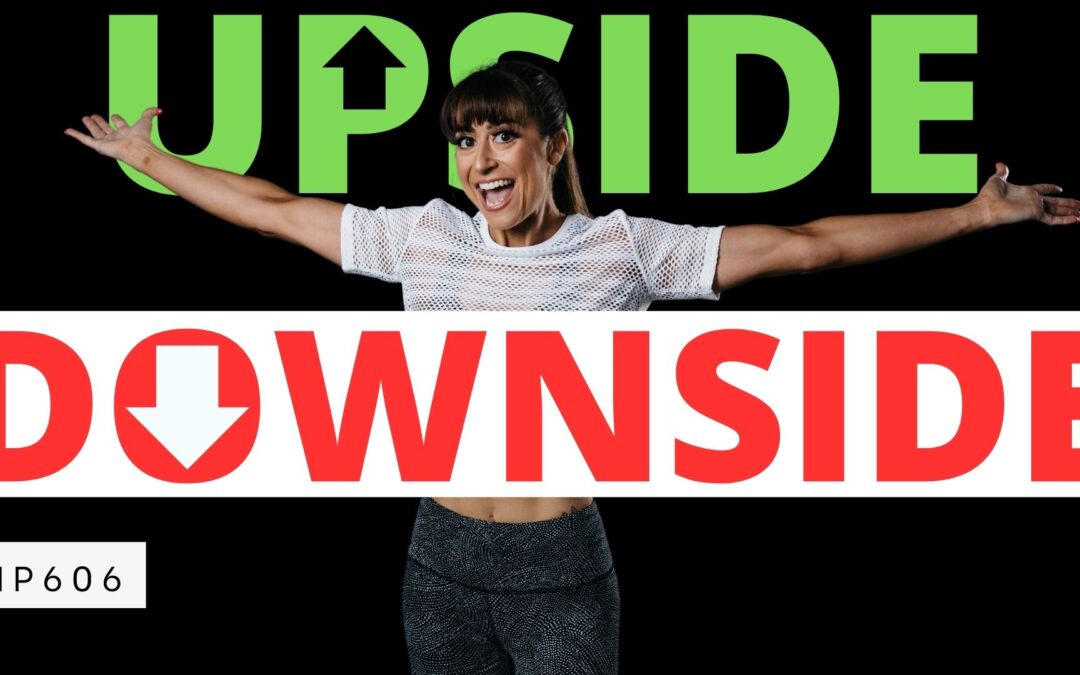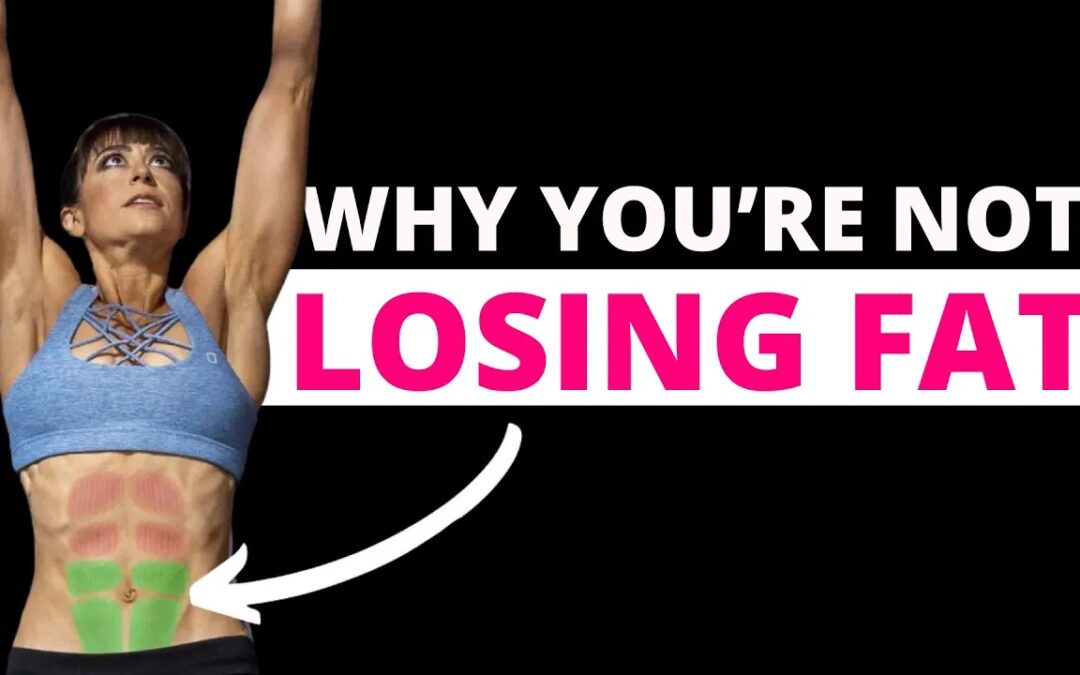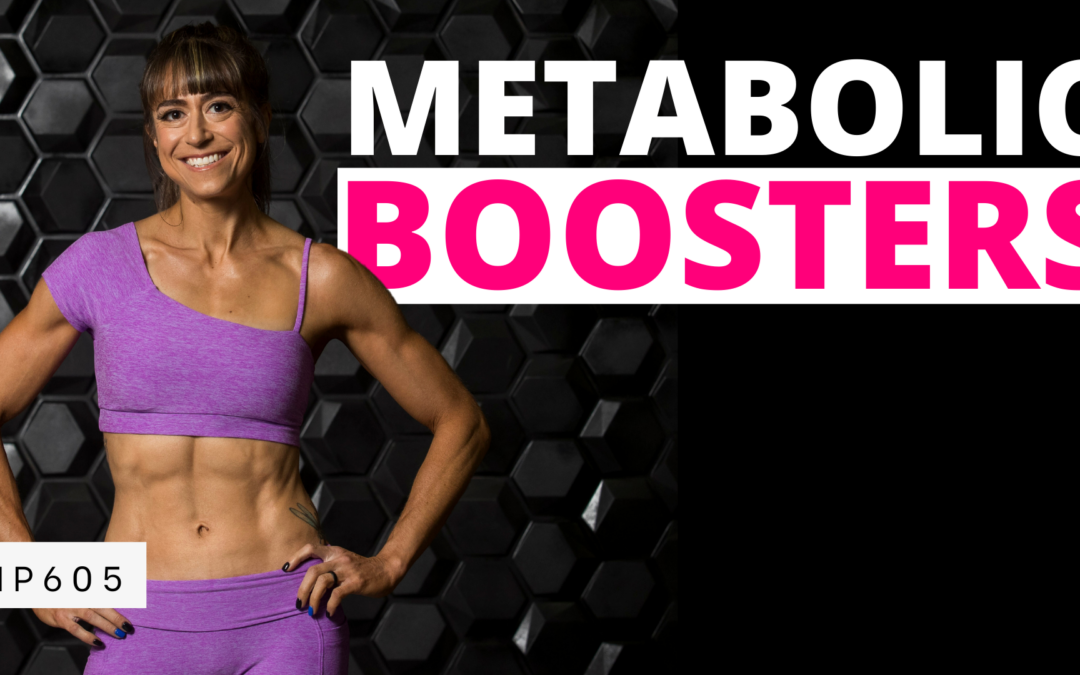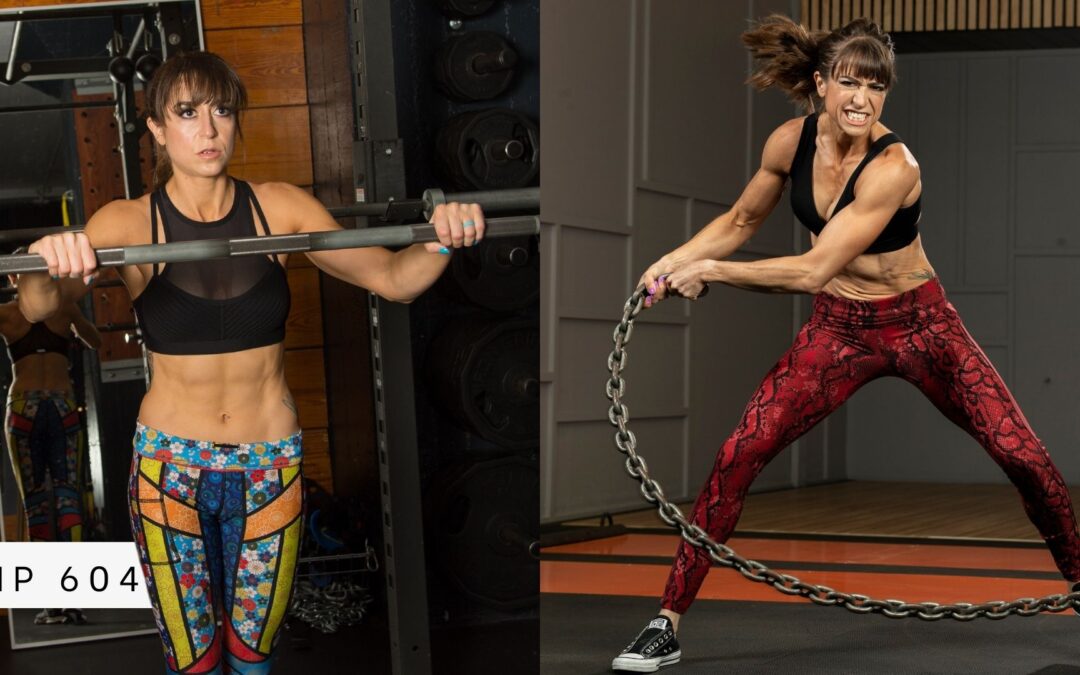
by Cori Lefkowith | Jan 26, 2024 | podcast
LISTEN HERE 7 WATCH HERE 7 TRANSCRIPT 7 OPEN TRANSCRIPT 00:00Hey guys, this is Cori from Redefining Strength. Welcome to the Fitness hacks podcast. This is a show where I share all my free work on the nutrition tips. I’m not going to ever fill this episode with...

by Cori Lefkowith | Jan 23, 2024 | podcast
LISTEN HERE 7 WATCH HERE 7 TRANSCRIPT 7 OPEN TRANSCRIPT 00:00Hey guys, this is Cori from Redefining Strength. Welcome to the Fitness Hacks podcast. This is a show where I share all my free work on the nutrition tips. I’m not going to ever fill this episode with...

by Cori Lefkowith | Jan 21, 2024 | Blog, Diet, Exercises
I’ve literally made all of the dieting mistakes possible. I’ve tried to out exercise my diet. I’ve tried to cut out foods I love. I’ve tried to out willpower and out work time. I’ve tried to hit someone else’s arbitrary standards of clean eating… And none of it...

by Cori Lefkowith | Jan 18, 2024 | podcast
LISTEN HERE 7 WATCH HERE 7 TRANSCRIPT 7 OPEN TRANSCRIPT Cori 00:00Hey guys, this is Cori from Redefining Strength. Welcome to the Fitness Hacks podcast. This is a show where I share all my free work on the nutrition tips. I’m not going to ever fill this episode...

by Cori Lefkowith | Jan 16, 2024 | podcast
LISTEN HERE 7 WATCH HERE 7 TRANSCRIPT 7 OPEN TRANSCRIPT 00:00Hey guys, it’s Cori from Redefining Strength. Welcome to the Fitness Hacks podcast. This is a show where I share all my free workout and nutrition tips. I’m not going to ever fill this episode...






